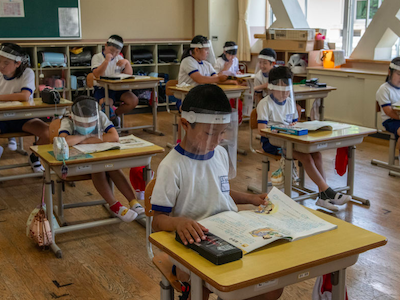Educational structures worldwide have been affected by the COVID-19 pandemic, contributing to the near-complete closing of schools, universities and colleges. Students can't figure out their subjects because of the coronavirus pandemic. The dates of tests and examinations have been modified by schools and all the studies have been moved online.
School closures not only have an effect on students, teachers and families. But they will have far-reaching economic and social implications In response to this pandemic, school closures have highlighted various societal and economic difficulties, including student-debt, digital instruction, food insecurity, and homelessness, as well as usage of child care, health care, home.
During the COVID-19 Pandemic, Reopening Schools: Prioritizing Health, Equity, and Neighborhoods proposes that federal and state governments provide districts and schools with substantial funding to help them offset the cost of COVID-19 preparations, including gloves, enhanced sanitation, improvements to facilities, and reconfigured classes.
Although it would be difficult for schools to fully eradicate the risk of COVID-19, the report says that, in particular, young children may be affected by not getting in-person learning and, if they fall behind as a result, will suffer long-term academic consequences.
COVID-19 Precautions for Schools that Reopened
In order to protect employees and students, the study also suggests that schools and districts take the following precautions:

CEO at Mediavita
Get a certified counseller and verified information